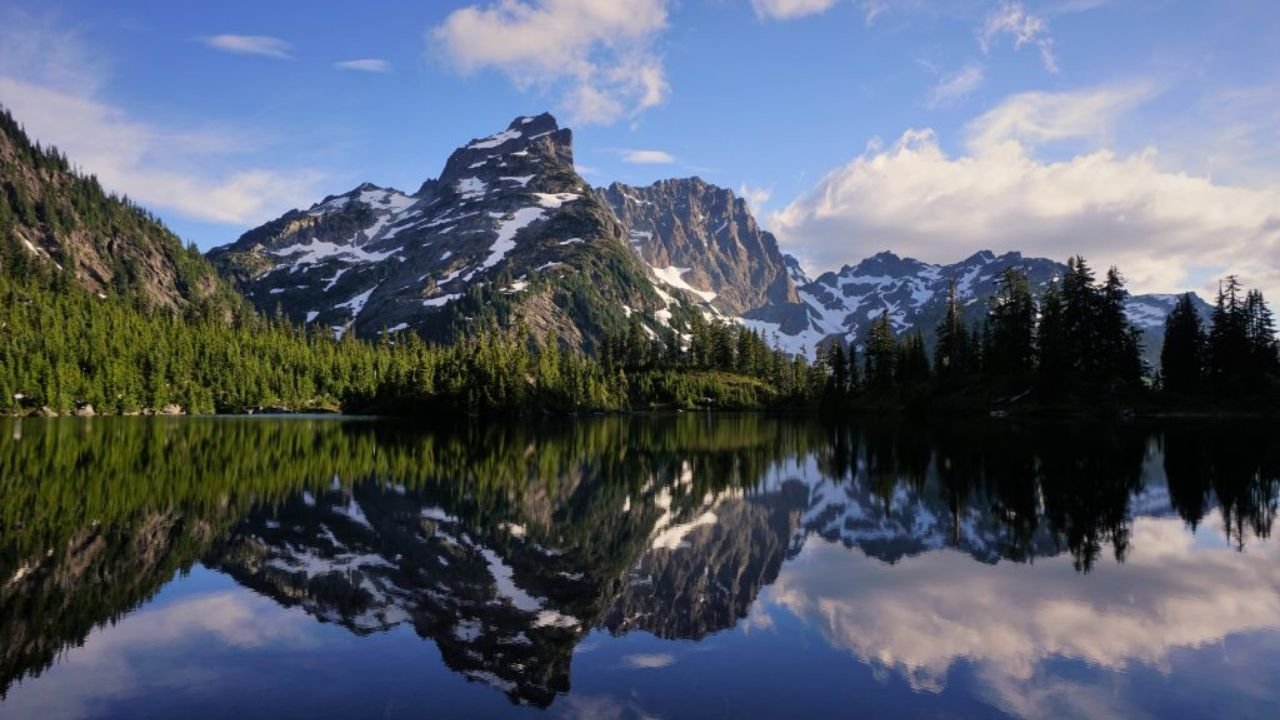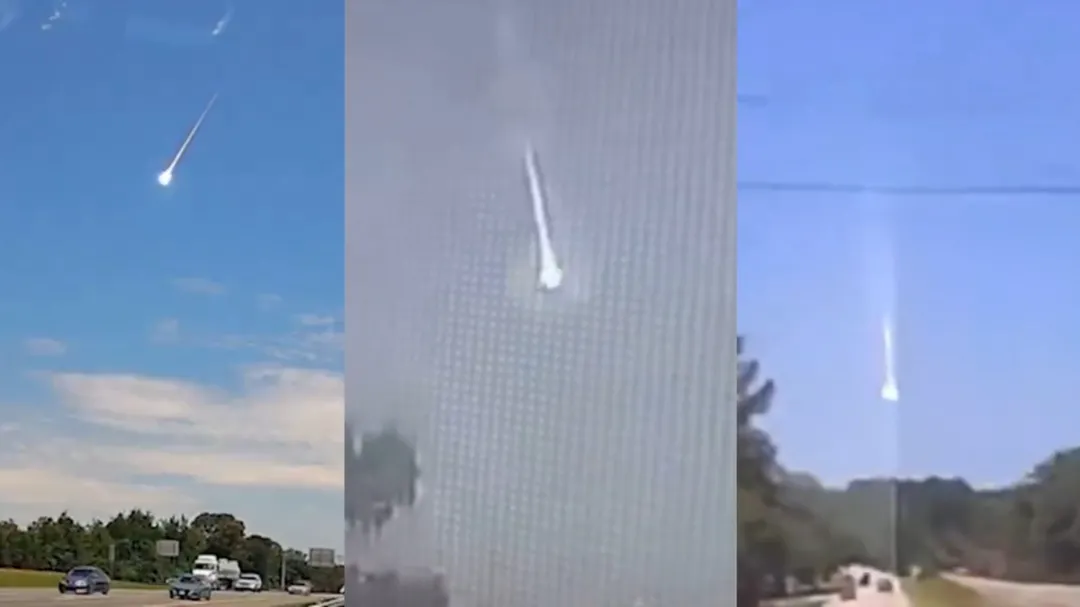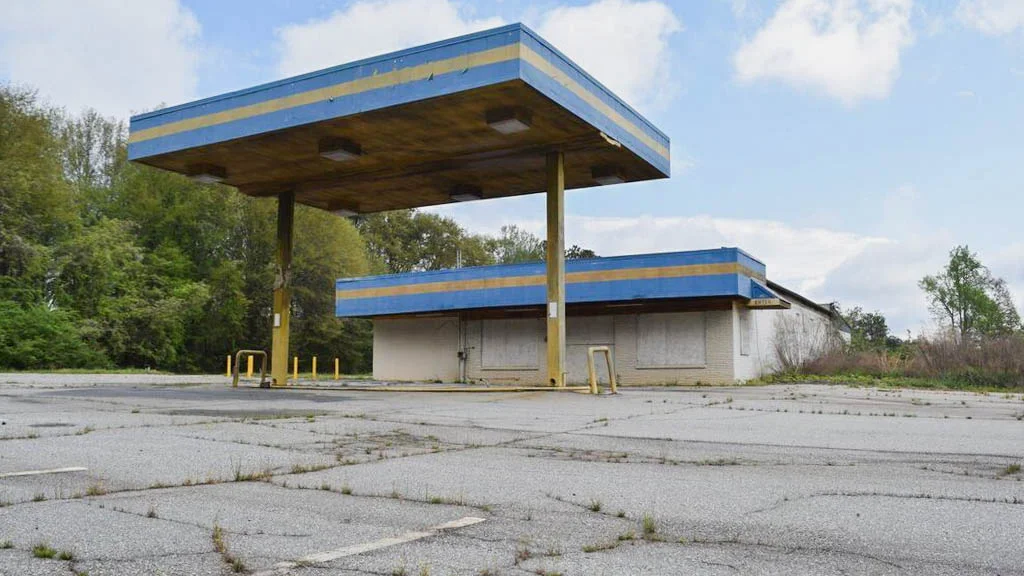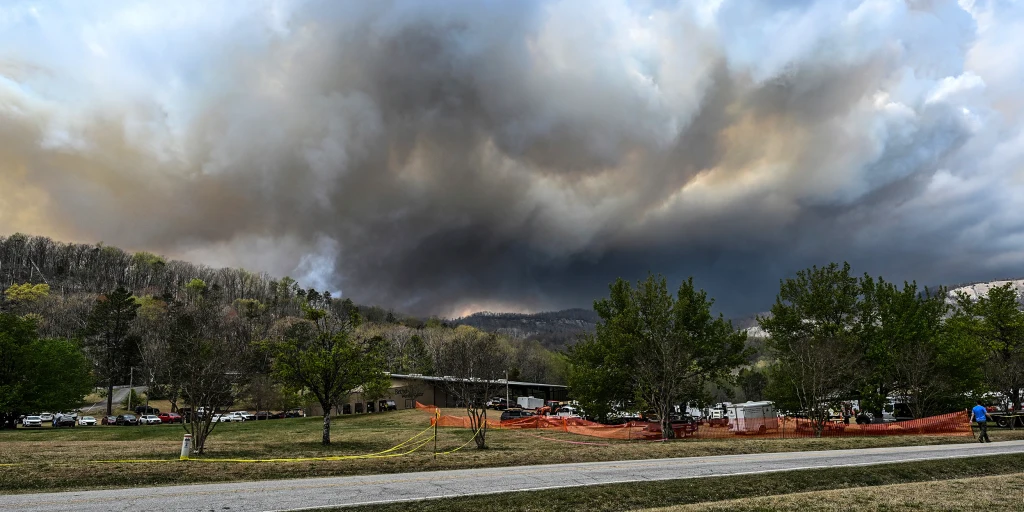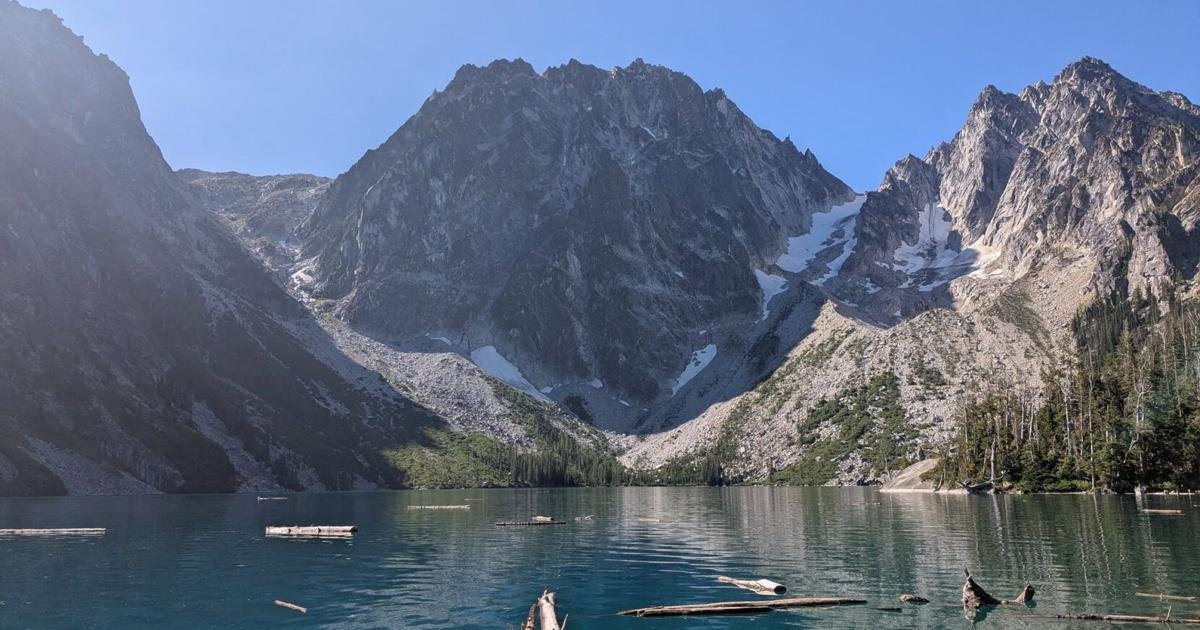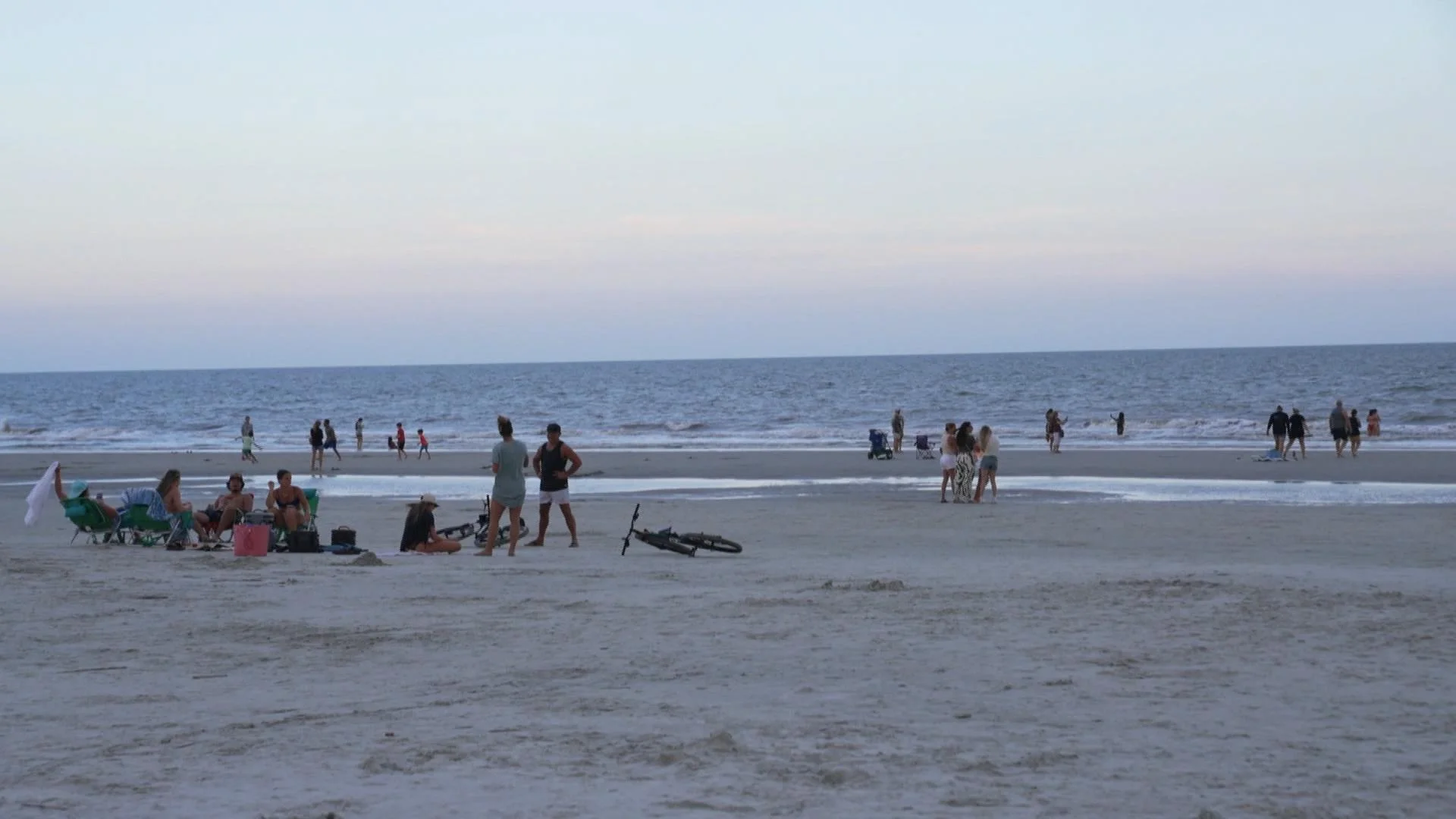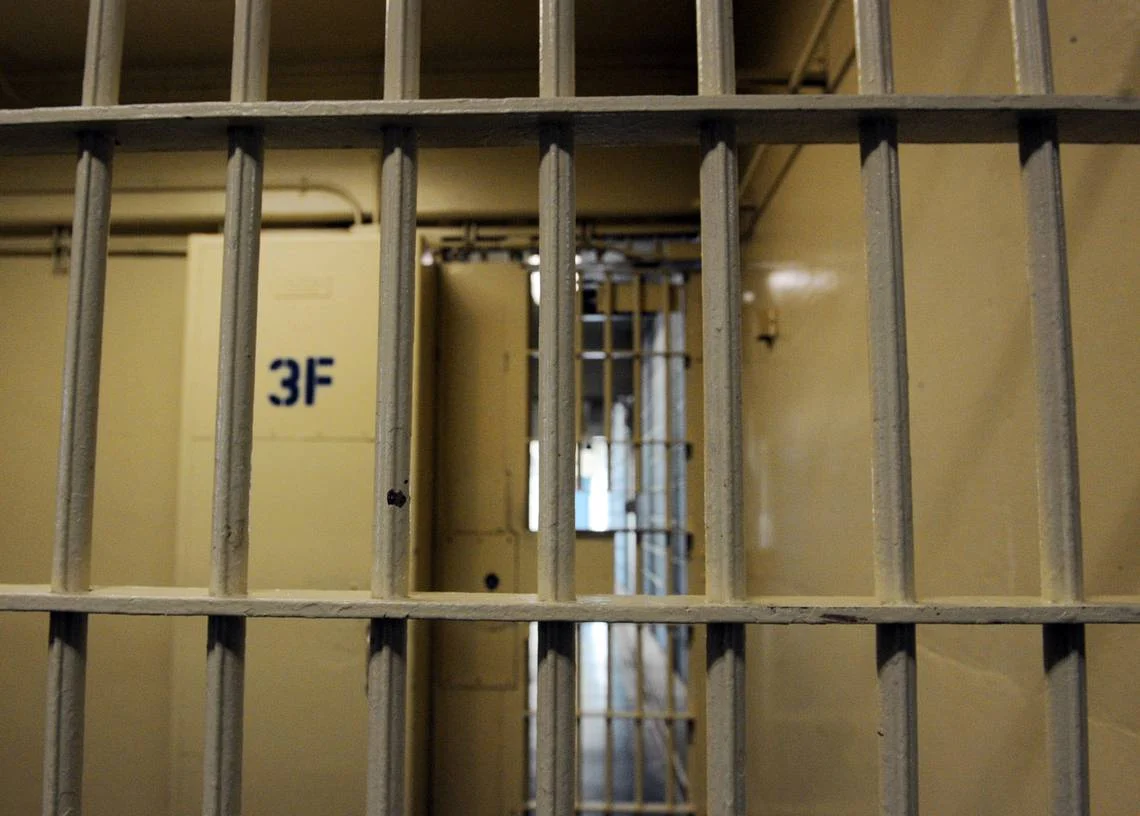COLORADO
— High in Colorado’s remote backcountry, a string of alpine lakes sits like hidden gems carved by time. They don’t just resemble Switzerland’s famed mountain lakes — they
rival
them. Glacially fed and perched above 9,000 feet, these shimmering basins draw hikers from around the world. And once you see them, you’ll understand why.
Whether it’s the neon blues of Ice Lakes Basin or the quiet elegance of Maroon Lake, each spot offers a memory you won’t shake. Let’s take a journey through Colorado’s alpine wonders — no passport required.
Ice Lakes Basin: Neon Blue at High Altitude
In the heart of the San Juan Mountains,
Ice Lakes Basin
delivers a shock of turquoise unlike anywhere else. The 7.6-mile round-trip trail climbs 2,500 feet past fields of wildflowers and rocky ascents. When you finally arrive, two glacial lakes explode with color — an unreal blue born from “rock flour,” finely ground sediments that scatter sunlight like a prism.
Best time to visit:
Mid-July, when wildflowers blanket the basin and the skies stretch wide above ridgelines that look pulled from the Alps.
Blue Lakes: Hidden Jewels Near Telluride
Tucked below the towering Mt. Sneffels, the
Blue Lakes
unfold in a series of three — stacked like sapphires on a vertical chain. The hike starts gently, then climbs to over 11,700 feet. The middle lake dazzles with teal waters, while the upper basin feels like something out of Switzerland’s Oeschinensee.
Locals guard this trail like a secret. With fewer crowds than Maroon Bells, but views just as grand, it’s a place where every step feels earned — and every turn looks like a postcard.
Maroon Lake: Colorado’s Crown Jewel
You’ve likely seen
Maroon Lake
, even if you haven’t been. It reflects the twin 14,000-foot
Maroon Bells
so perfectly that people often mistake photos for digital edits. But it’s all real — and all breathtaking.
Each season brings new magic. Spring is dramatic. Summer is lush. Fall turns everything golden. Easily accessible yet emotionally profound, Maroon Lake doesn’t just
look
like a masterpiece — it
feels
like one.
Hanging Lake: A Living Work of Art
Just outside Glenwood Canyon,
Hanging Lake
doesn’t shout — it whispers. A short but steep 1.2-mile trail leads to travertine shelves, cascading waterfalls, and water so clear it glows. Swimming is off-limits. So is droning. So is stepping too close. And that’s exactly what keeps it magical.
In winter, it freezes into crystal elegance. In summer, sunlight filters through moss and mist. It’s less a photo op and more a sacred pause.
Columbine Lake: Silence at 12,000 Feet
Above Silverton,
Columbine Lake
offers wild solitude — a four-mile climb to a shimmering pool surrounded by snow and scree. Its deep blue color comes from suspended glacial silt, and the silence here is so complete it’s almost surreal.
No cell signal. No crowds. No signs. Just you, the wind, and the sound of water moving through time.
Island Lake: An Amphitheater in the Sky
Branching off the Ice Lake Trail,
Island Lake
rewards the bold. The final stretch is steeper, rockier, and thinner in oxygen. But at 12,400 feet, you’re greeted by a perfect turquoise basin with a tiny island in its center.
The cliffs create a natural amphitheater. The snow lingers even into summer. And the stillness — that’s what stays with you the longest.
Why These Lakes Feel Like the Alps
It’s not just the color — it’s the contrast. Sharp granite peaks, electric-blue water, and alpine meadows give these lakes a storybook quality. But while the resemblance to Switzerland is striking, Colorado’s versions feel older, wilder, and more untamed.
They’re not just destinations. They’re transformations.
Have you visited any of these breathtaking alpine lakes? Which one made you stop and stare? Share your experience in the comments on
SaludaStandard-Sentinel.com
— and let others know which trail belongs on their Colorado bucket list.
